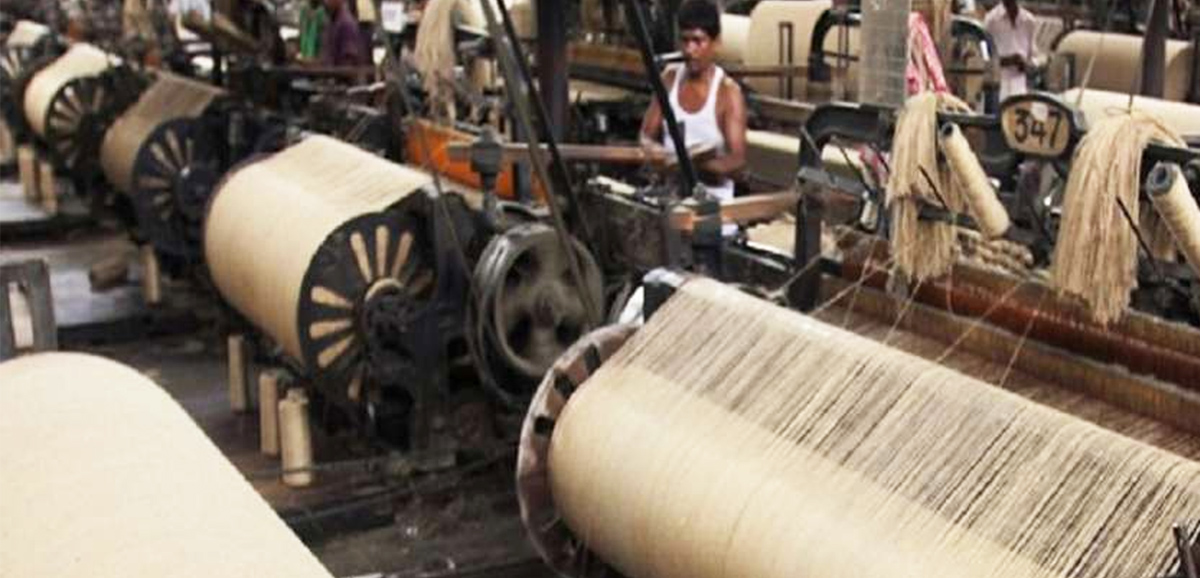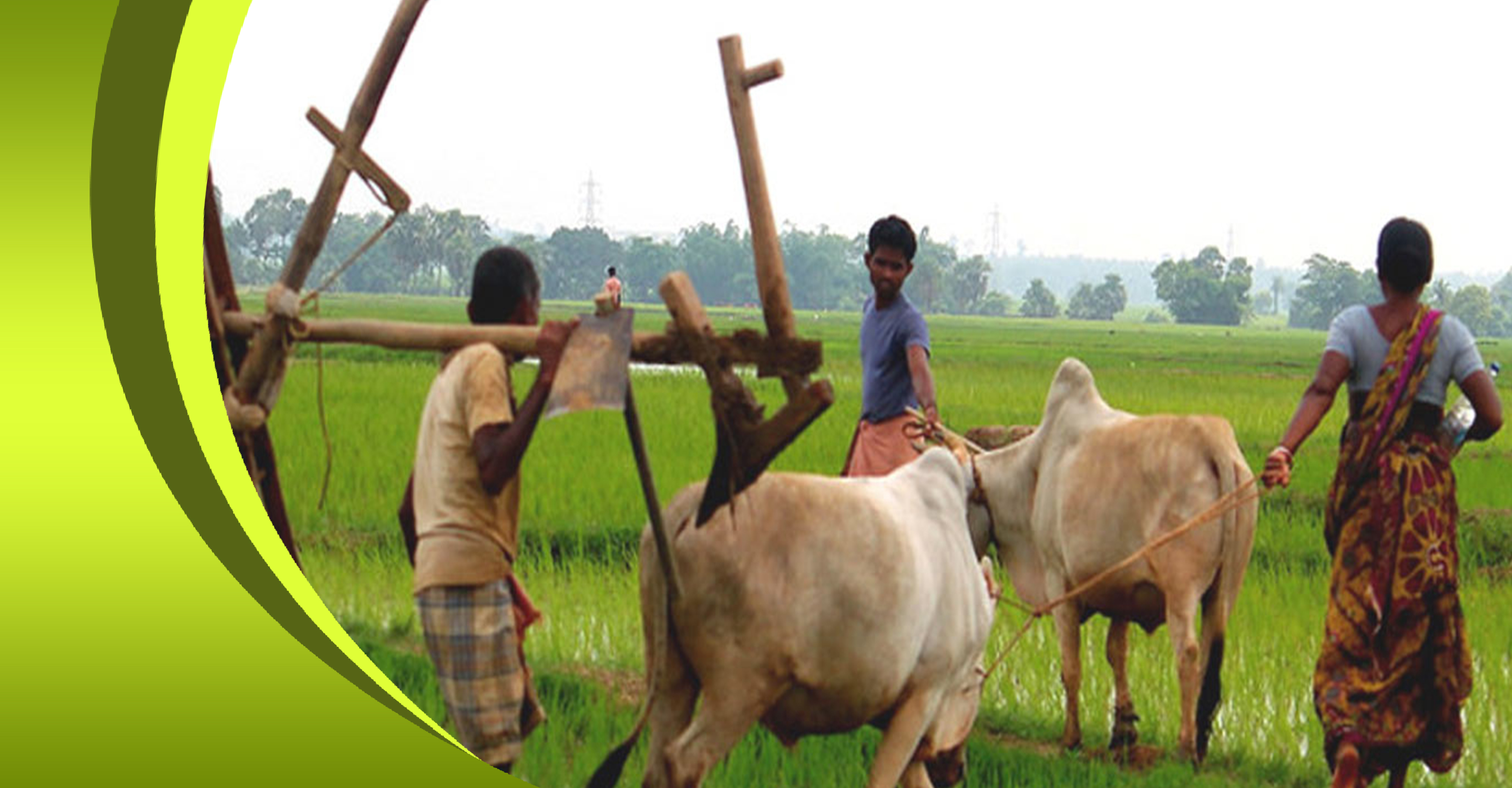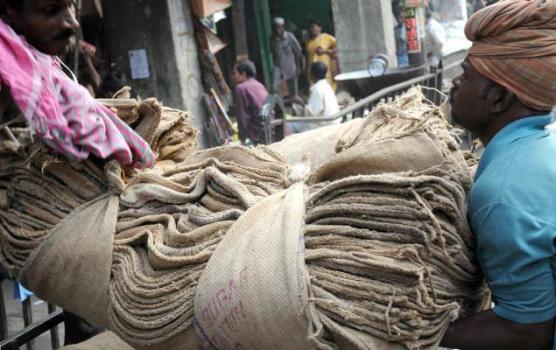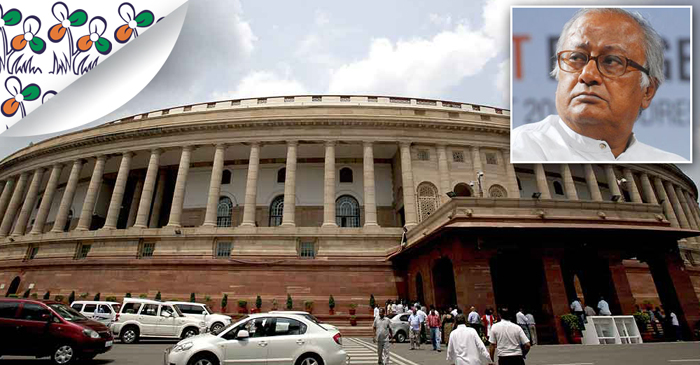Port, mining and MSME will be the key areas to focus at Bengal Global Business Summit (BGBS) 2017.
Eyeing the third edition of BGBS, set to stage in on January 20-21, the Bengal Government is ready to proclaim mega investment proposals, a sizeable portion of which will come from private players in these sectors, the officials of industry and commerce department believe.
The Government recently framed a Maritime Policy with the help of global analytical company Crysil. With that, the government has also opened opportunities to widen ‘port based industrialisation’ to add a sharp edge in Bengal’s trade scenario.
Displaying the State as the possessor of third largest mineral resources across the nation, the State Government will look forward to get investment in mining sector as well. However, the commerce and industry department will promote sectors like textile, gems and jewellery, leather, jute, forging, casting, apparel and handicraft under MSMEs. The state government has already announced an investment to the tune of Rs 16,000 crore and 10,000 direct job creations in Tajpur Port and in the port-led industrial circuit there. The department has initiated Adani Ports and Essar Ports for investment there.
The development of robust infrastructure in ports, exploring various opportunities in consultation with global analytical firms and development of inland waterways to optimally leverage its maritime advantages are already underway. Now, West Bengal Industrial Development Corporation Limited (WBIDC) is ready to promote deep sea port at Tajpur, Sagar Island and new port with ship building facility at Kulpi.
The State will also talk about the coal reserves of Deocha Pachmi in West Bengal, second largest in the world, at 2,00,000 million tonne, alone can create many jobs. The Deucha Panchmari Dewangunj coalmines project will be implemented jointly by West Bengal Mineral Development Corporation and Bengal Birbhum Coalfields Ltd. The project is likely to be operational in 2019 and will employ about one lakh people.
The Geological Survey of India (GSI) have indicated that Bengal has untapped reserves of iron ore, dolomites, tungsten, fireclay, granite and sand.
The State has tied up with Kudremukh Iron Ore Company (KIOCL) for iron ore deposit exploration. Recently, Kudremukh, a public sector company, has joined hands with the West Bengal Mineral Development and Trading Corporation (WBMDTC) to start a joint venture of Rs 850 crore.
MSMEs are undoubtedly the area which will get most of the attention in the upcoming BGBS. Handicraft, textile, jute, gems and jewellery have huge prospect in this state as adequate land is ready for making industrial parks.
The facts that would be showcased are various facilities and advantages of port-based industrialisation. The deep sea port at Bhor Sagar, which is a joint venture between the Centre and state government, will cost around Rs 16,000 crore. The work is under process in equity participation by Kolkata Port Trust and the state government. The project is also looking for a concessionaire through public private partnership (PPP). The requirement of land is 347 acre which is already in possession.
The green field port at Tajpur is going to be constructed in a revenue share model, as the state government is not looking for a joint venture with the Centre here. The state will build the main infrastructure and invite private players for the rest of the infrastructure. Revenue share model will be followed for the business.
বিশ্ববঙ্গ বাণিজ্য সম্মেলন ২০১৭য় গুরুত্ব দেওয়া হবে বন্দর, খনি, ক্ষুদ্র শিল্পকে
বন্দর, খনি, ক্ষুদ্র ও মাঝারি শিল্পের ওপর বিশেষ গুরুত্ব দেওয়া হবে ২০-২১ জানুয়ারি ২০১৭তে অনুষ্ঠিত হতে চলা বিশ্ব বঙ্গ বানিজ্য সম্মেলনে।
বিশ্ব বঙ্গ বানিজ্য সম্মেলন এবার তৃতীয় বর্ষে। বড় বিনিয়োগ টানতে তৈরী রাজ্য সরকার। শিল্প ও বানিজ্য দপ্তরের বিশ্বাস এই বিনিয়োগের একটি বড় অংশ আসবে বেসরকারি বিনিয়োগকারীদের থেকে।
রাজ্য সরকার ইতিমধ্যেই একটি সামুদ্রিক নীতি (মেরিটাইম পলিসি) তৈরি করেছে বিশ্ব বিখ্যাত প্রতিষ্ঠান ক্রিসিলের সহযোগিতায়। বন্দর ভিত্তিক শিল্পের জন্য নানা উদ্যোগ নেওয়া হয়েছে রাজ্যের তরফে।
দেশের তৃতীয় সর্ববৃহৎ খনিজ সম্পদের অধিকারি রাজ্য হওয়ার কারনে রাজ্য সরকার খনিতেও অনেক লগ্নি আনতে সচেষ্ট । শিল্প ও বানিজ্য দপ্তর ক্ষুদ্র ও মাঝারি শিল্পের অন্তর্গত বস্ত্র, রত্ন, গয়না, চামড়া, পাট, কামারশিল্প, ঢালাই ও হস্তশিল্পকেও তুলে ধরবে।








